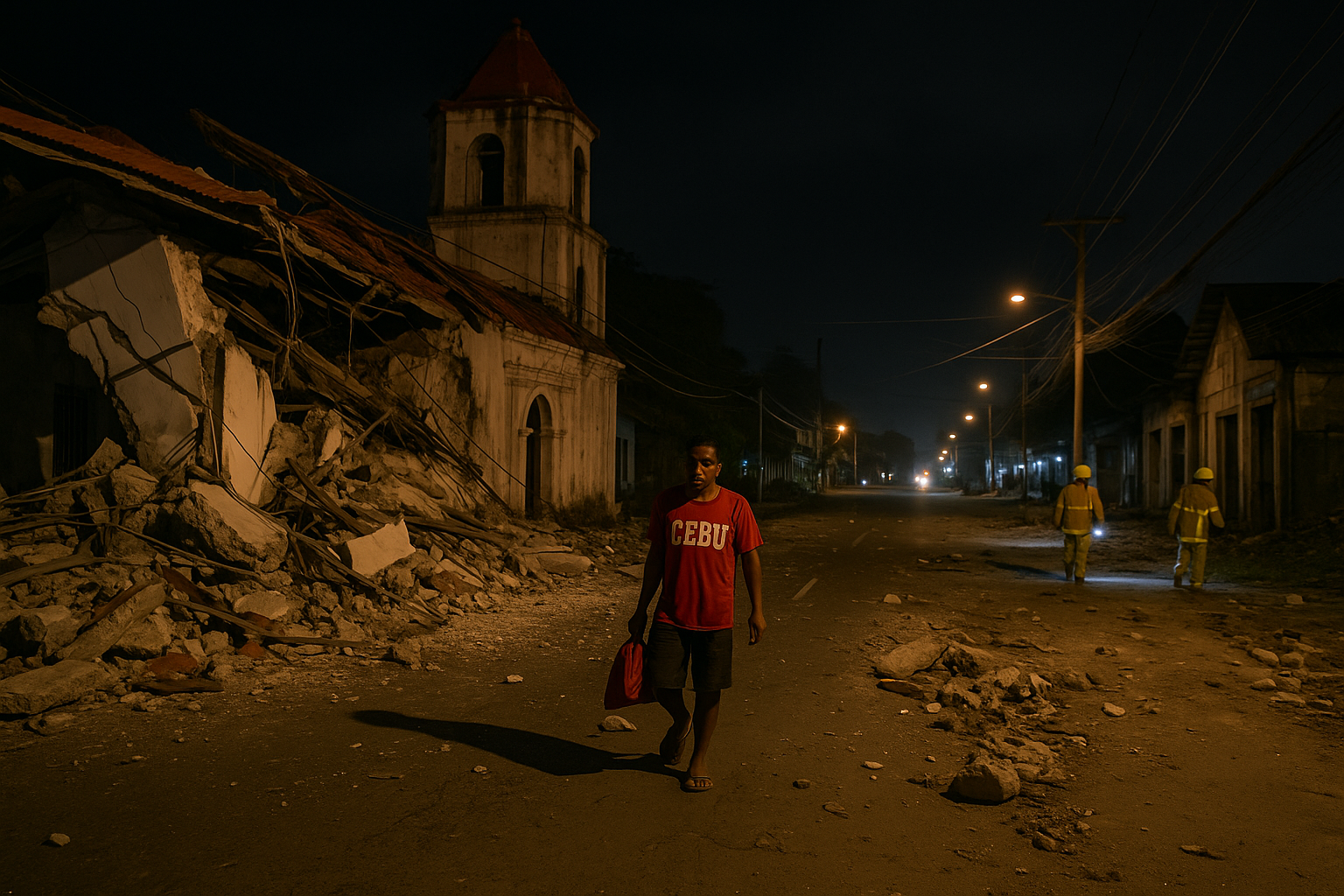The Navajo Nation is preparing to breathe new life into one of Arizona’s most unique railroads. The Black Mesa & Lake Powell Railroad (BM&LP), once a vital industrial artery for coal transport, is set to transform into a sustainable tourism attraction. Abandoned since the closure of the Navajo Generating Station in 2019, the 78-mile electrified track is now at the heart of a groundbreaking initiative that promises to protect cultural heritage while creating new economic opportunities.
For decades, the BM&LP symbolized the region’s industrial backbone, carrying coal from the Kayenta Mine to the power station near Page. When the station shut down, the tracks fell silent, jobs were lost, and the surrounding communities faced a sharp economic downturn. But today, a fresh vision for the corridor is emerging—one that highlights eco-friendly travel, cultural tourism, and community revival.
The End of an Industrial Era
Constructed in the early 1970s, the Black Mesa & Lake Powell Railroad was among the first all-electric freight lines in the United States. It not only powered the energy needs of the Southwest but also provided hundreds of stable jobs for Navajo families. The closure of the Navajo Generating Station, followed by the shutdown of the Kayenta Mine, marked a significant loss for the region.
By 2024, the railroad corridor had been officially handed over to the Navajo Nation’s Division of Economic Development. This transition gave local leaders an opportunity to rethink how the line could serve future generations. The challenge: finding a project that would honor its industrial past while offering long-term value for tourism, culture, and sustainability.
A Vision for Sustainable Tourism
That vision is now being shaped by Sunbeam Tours and Railway (STAR), a Navajo-owned company committed to introducing zero-emission trains powered by renewable energy. STAR aims to turn the idle tracks into a modern cultural tourism experience, blending breathtaking landscapes with indigenous heritage.
The project has already secured an Emergency Operating Agreement from the Navajo Nation, thanks to the persistence of its founder, Celesta Littleman. A former employee of the Navajo Generating Station and current MBA student at Arizona State University, Littleman has worked for years to design a plan that balances environmental responsibility with economic opportunity.
STAR’s proposal is built around a simple but powerful concept: use solar and hydroelectric energy to power new electric rail vehicles, turning the former coal line into a green tourism corridor.
Renewable Energy Meets Scenic Travel
What sets STAR apart is its deep commitment to renewable energy. The planned railcars will draw power from clean energy sources, including the hydroelectric capacity of Glen Canyon Dam. This ensures that visitors can enjoy the scenic wonders of the Navajo Nation without leaving a heavy carbon footprint.
Two scenic rail routes are envisioned, each covering about 60 miles round-trip. One will run from Page to Kaibeto, while another will connect Shonto, Cow Springs, and Kaibeto. These journeys will highlight both iconic attractions—such as Lake Powell, Antelope Canyon, and Horseshoe Bend—and lesser-known cultural sites deep within Navajo land.
For tourists, the appeal is clear: riding through dramatic desert landscapes on a solar-powered train while learning about Navajo traditions and history. For residents, the plan also includes passenger services designed to improve regional mobility and access to economic hubs.
Economic and Cultural Benefits
Tourism already represents the Navajo Nation’s most promising growth sector. With coal revenues gone, destinations like Monument Valley and Antelope Canyon have attracted increasing numbers of visitors. The STAR railway project complements this trend, offering a new way to experience the landscape while creating jobs in operations, hospitality, and maintenance.
Local engagement is central to the project’s design. STAR envisions partnerships with Navajo artisans, performers, and businesses to enhance the visitor experience. Train journeys could feature cultural storytelling, traditional music, and local crafts, ensuring that the economic benefits extend throughout the community.
Equally important is cultural preservation. By showcasing Navajo history and traditions, the project becomes a platform for education and cross-cultural understanding. This strengthens community pride while enriching the visitor experience.
Scenic Wonders Along the Route
The landscapes surrounding the BM&LP corridor are among the most striking in the American Southwest. Towering sandstone cliffs, vast mesas, and winding desert canyons form a backdrop that has captivated photographers and travelers for generations.
STAR’s rail services will make these vistas more accessible, offering panoramic views from eco-friendly carriages. As the train glides across the high desert, passengers will gain a deeper appreciation of the Navajo Nation’s natural and cultural wealth. Unlike crowded highways or short-stop tours, the slow pace of rail travel provides an immersive and reflective way to experience the land.
Overcoming Challenges and Testing Feasibility
Before the project fully launches, STAR must conduct feasibility studies and vehicle testing to ensure safety and viability. While suppliers for the electric railcars have not yet been disclosed, preliminary designs show both hi-rail vans and passenger train concepts tailored to the desert environment.
These studies will determine whether the project can deliver on its promise of sustainability, efficiency, and cultural enrichment. If successful, it may serve as a model for other indigenous and remote regions seeking to build eco-tourism industries without sacrificing tradition or environmental responsibility.
A New Chapter for the Navajo Nation
The revival of the Black Mesa & Lake Powell Railroad represents more than just the return of a train line—it symbolizes the Navajo Nation’s resilience and creativity in the face of economic change. From coal-hauling freight line to solar-powered tourism icon, the BM&LP could soon write a new chapter in the history of indigenous-led development.
For travelers, it promises a rare chance to explore one of America’s most stunning landscapes in harmony with its original stewards. For the Navajo people, it offers jobs, revenue, and an opportunity to share their culture with the world.
As plans progress, the STAR initiative highlights a hopeful future: one where sustainable travel, cultural preservation, and community empowerment ride together on the same track.

















